Art for Our Times: What is Naïve Art?
Throw the rule book out the window: the increasingly popular form of naïve art means turning away from tradition and embracing instinct. Also known as primitivism, naïve art is a manifestation of raw creativity, characterised by a seemingly simplistic approach that is uninhibited and intuitive to composition and ideas.

The Dream by Henri Rousseau is iconic of the naïve art movement. Credit: MoMA
The History of the Naïve
Modern naïve was likely first recognised and appraised towards the turn of the 20th Century. Prior to this, the naïve was marginally dismissed as unsophisticated – a product of people, not artists, that “don’t know what they’re doing”. This perspective simultaneously dismissed the dynamic of unrefined imagination, in favour of formal training and technique. Since then, this art form has come to own its lack of sophistication, veering without inhibition towards simple childlike concepts and arrangements.
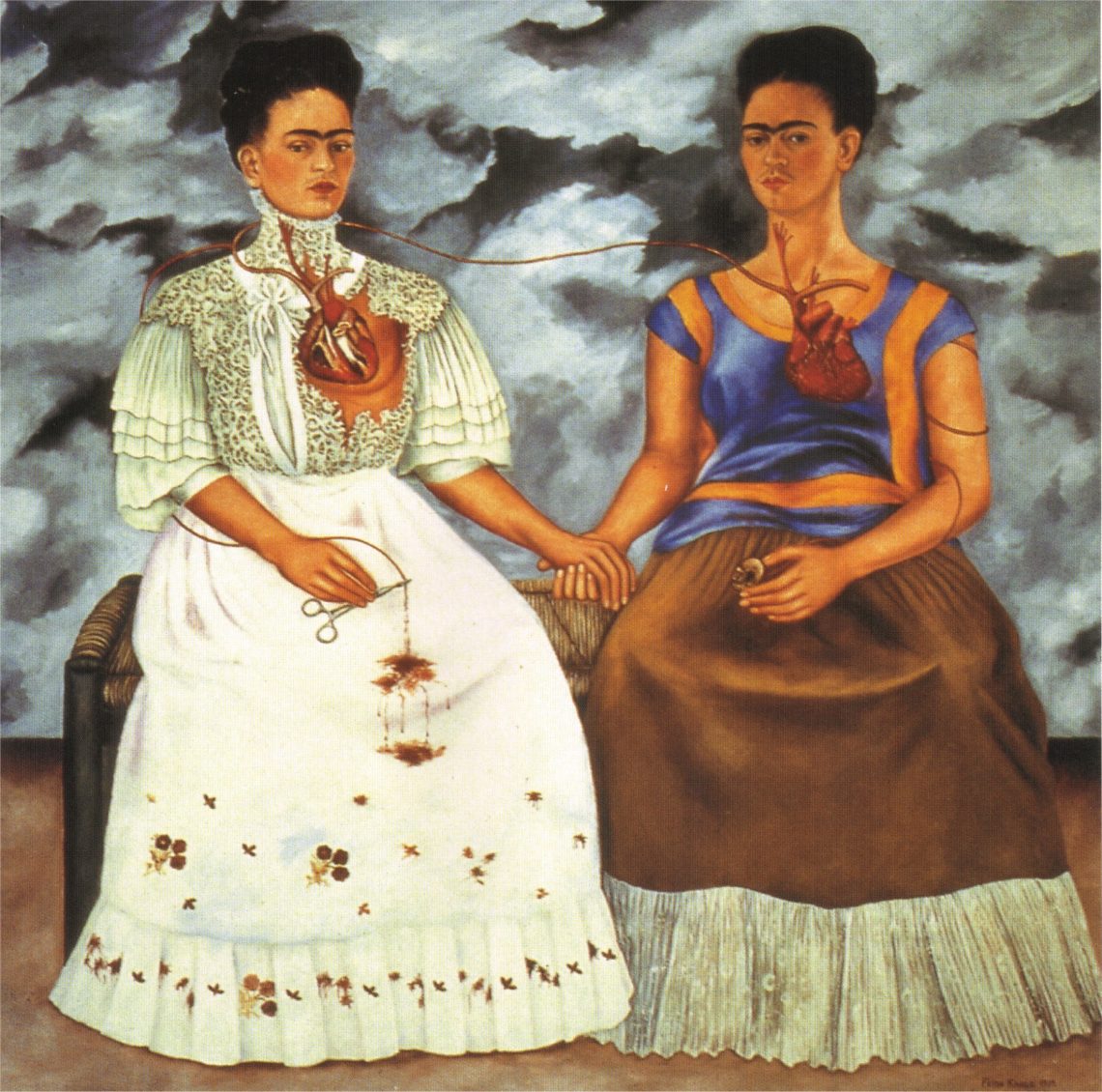
The Two Fridas is one of Frida Kahlo’s most notable paintings. Painted during her divorce, this artwork depicts a duality of personality within the artist.
Some of the most well-known artists who have experimented with this primitivist approach include Henri Rousseau, André Bauchant, and later, Frida Kahlo. These artists are widely celebrated for a somewhat innocent execution of their work, focusing on sentiment and feeling, rather than embellishment or grandeur. What’s more, this unlearned theme continues to profoundly inspire artists today.

Two dimensional and transparent in layers, this Happy Little Vegemite by Sally Dunbar offers the candour of simplicity common in naïve art.
Why is Naïve Art So Popular?
For centuries, art was seen as exclusive and only accessible to the educated. Naïve art breaks free from this mould; it celebrates the perspective of the artist and rejects the insincere sophistication that is upheld as a core value within more traditional forms of art.
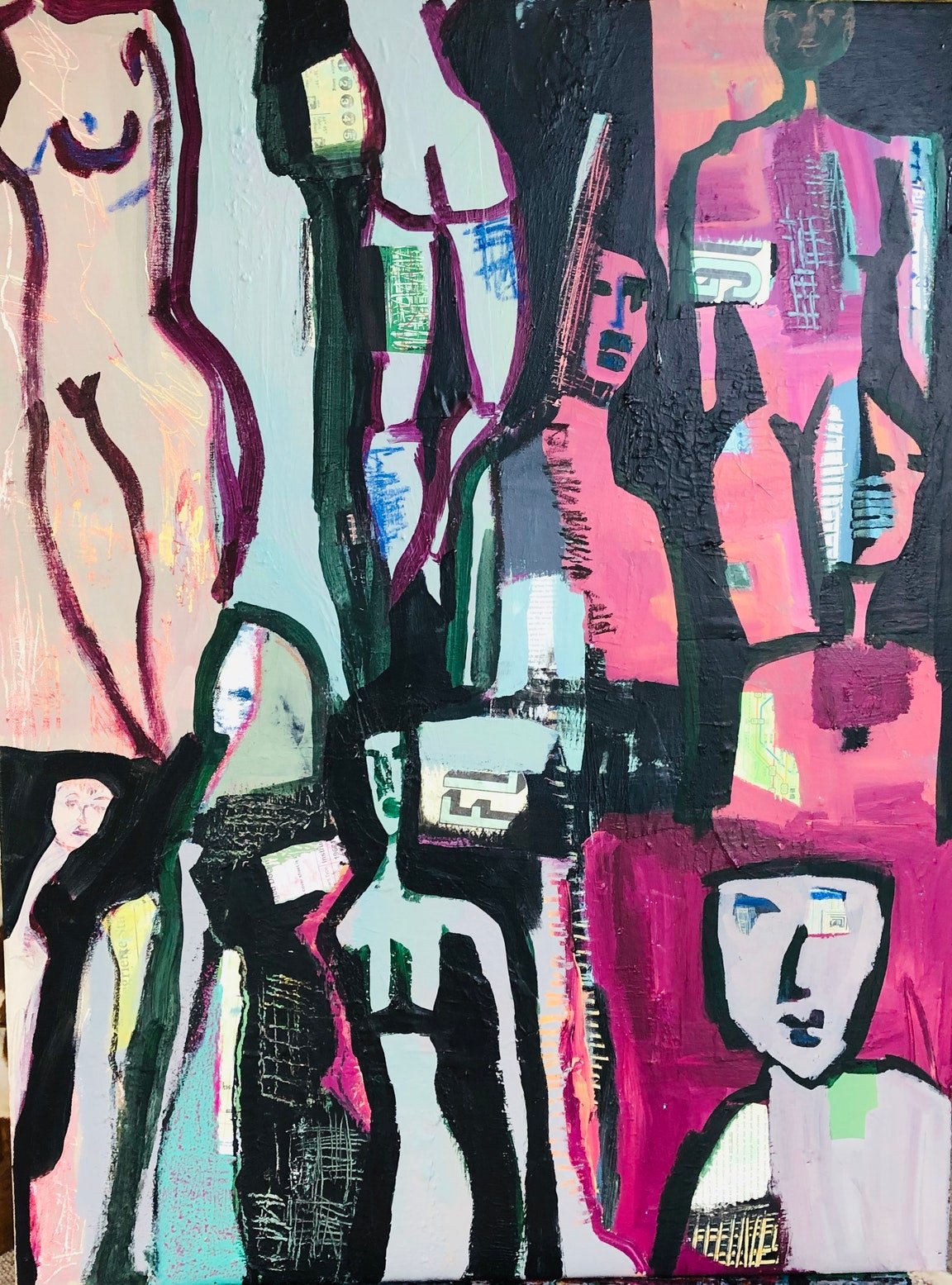
Naïve art allows us to contemplate unplanned, unprecedented events in life. Featured: Accidental Zeitgeist by Sharon Monagle
As a viewer, the naïve offers a different perspective to a scene. By taking away complex and elaborate qualities of a piece, it creates an image that’s easier to digest. This is particularly enchanting as our view of things day by day becomes more weighted. Primitivism provides a break from harsher realities, by bringing us back to a fresh, childlike outlook on life.
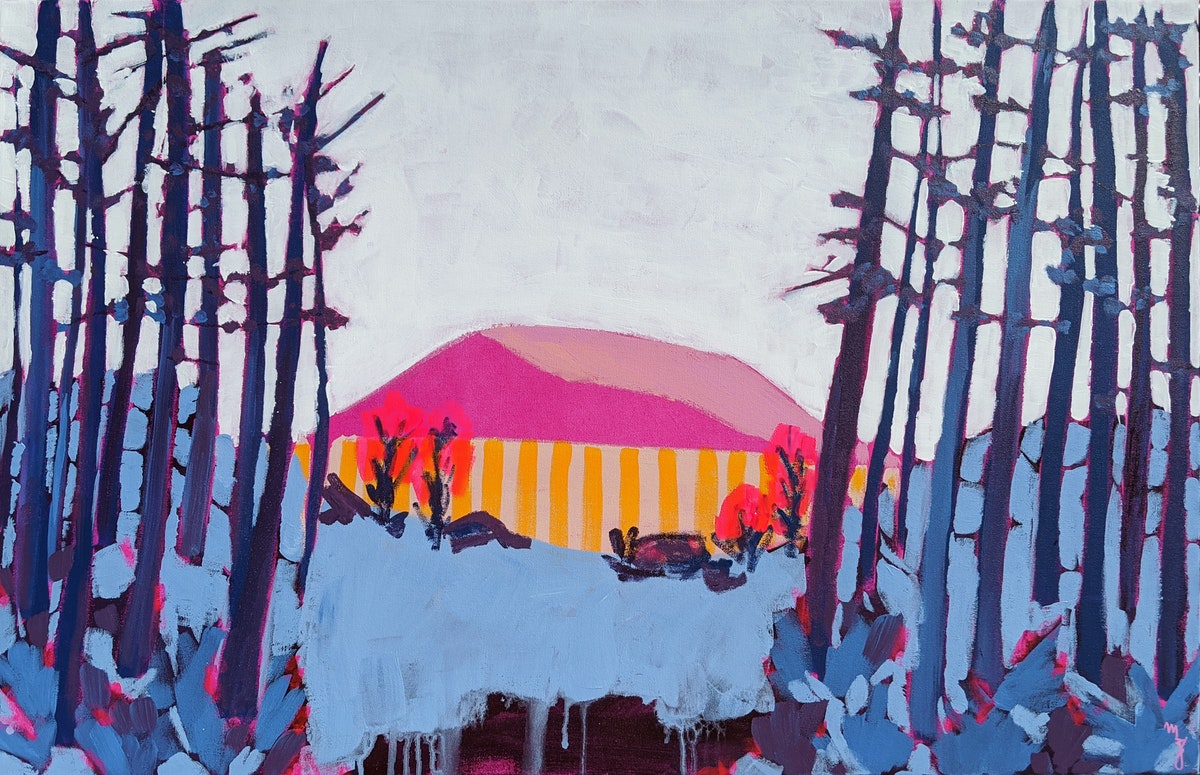
Maria Al Zoubi takes the inspiration and organic shapes of her natural landscape, and combines them with a colour palette that emotionally resonates. Featured: Here At Last
Find more art inspired by the naïve in our recent curation – click here to explore further.

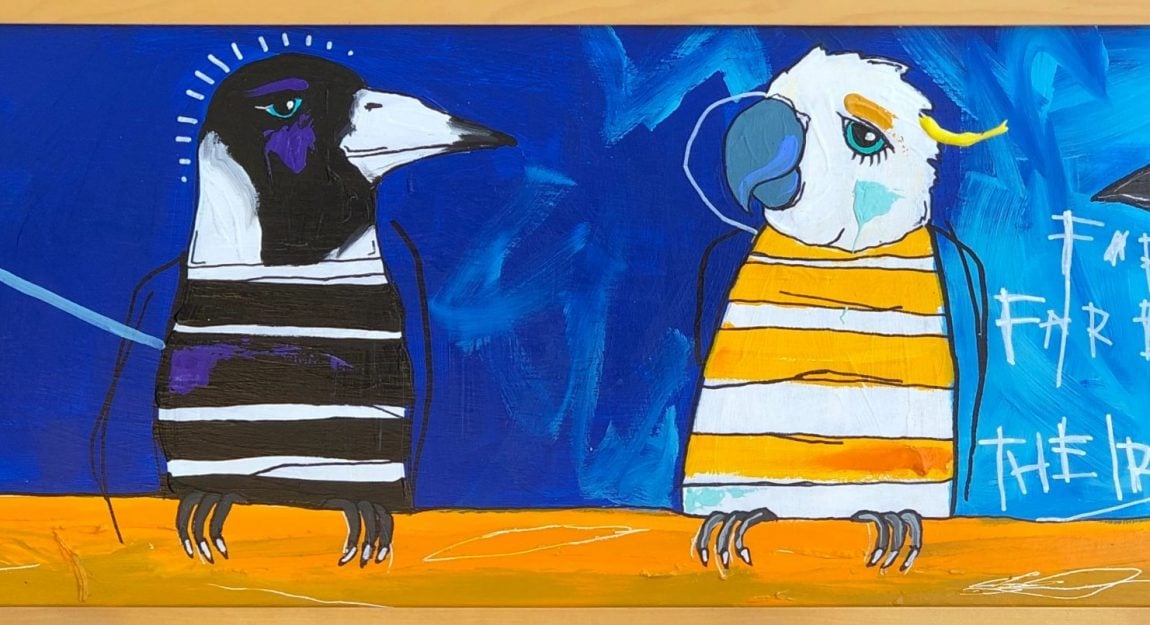


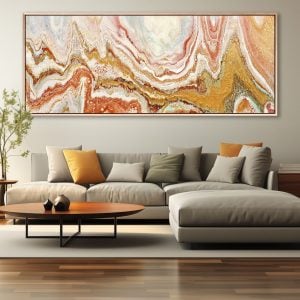








I have found some artists to be elitist, selective in what they consider “art” , And hence laugh at art that is not “fine art” (My art). …. so this article describing an “ uneducated” naive art, empowers me. Thanks.
Naive art, him
Art made by artist unsophisticated perhaps but CLEAR, TRUE, HONEST art & I love it